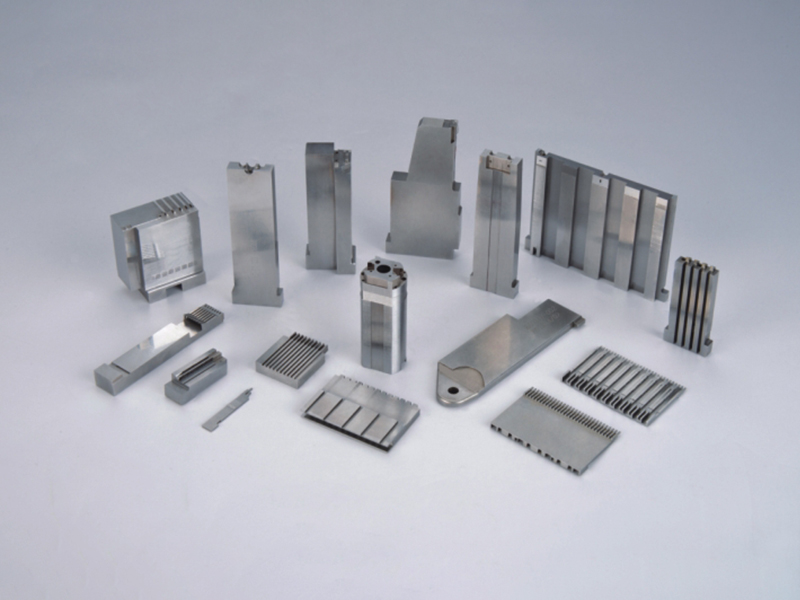Metal Stamping Dies are crucial tools in the manufacturing industry, used to shape and cut metal sheets into various components. These dies can be classified into different categories based on their features and applications. Understanding these classifications helps in selecting the appropriate die for specific stamping tasks and improving manufacturing efficiency.
Classification of Metal Stamping Dies
1. Classification Based on Deformation Characteristics
Metal stamping dies can be categorized based on the deformation they induce in the material. These categories include:
Blanking Dies: Used to cut out flat shapes from metal sheets.
Punching Dies: Similar to blanking, but specifically used for creating holes or other shapes within a sheet.
Cutting Dies: General term for dies that cut materials to specific shapes or sizes.
Notching Dies: Designed to create notches or indentations in the material.
Edge Cutting Dies: Used to trim or shape the edges of metal parts.
Bending Dies: Used to bend metal sheets or strips to form specific angles or shapes.
Deep Drawing Dies: Employed to form deep, hollow parts by drawing the metal into a die cavity.
Forming Dies: Used to create complex shapes through various forming processes.
Embossing Dies: Create raised or recessed designs on the material surface.
Cold Extrusion Dies: Used for extruding metal at room temperature to achieve specific cross-sectional profiles.
2. Classification Based on Process Nature
Another way to classify stamping dies is by their processing functions:
Cutting Dies: These dies separate the material along a closed or open contour.
Bending Dies: Facilitate the bending of metal sheets or other materials along a straight or curved line.
Deep Drawing Dies: Used for producing deep, hollow components through drawing operations.
Forming Dies: Apply forces to shape the material into complex forms.
3. Classification Based on Operation Sequence
The complexity of stamping dies can also be categorized based on the number of operations they perform in a single press cycle:
Single-Operation Dies: Complete one stamping process per press cycle.
Compound Dies: Perform multiple stamping processes at a single station within the press.
Progressive Dies: Feature multiple stations, each performing a different operation in sequence as the material moves through the die.
Materials Used in Die Manufacturing
The choice of materials for manufacturing stamping dies is critical for their performance and longevity. The most commonly used materials include:
Carbon Tool Steel: Known for its good hardness and wear resistance.
Low Alloy Tool Steel: Offers a balance of toughness and hardness.
High Carbon High Chromium or Medium Chromium Tool Steel: Provides excellent hardness and abrasion resistance.
Medium Carbon Alloy Steel: Used for its good balance of strength and toughness.
High-Speed Steel (HSS): Preferred for its ability to maintain hardness at high temperatures.
Cobalt-Based Alloys: Used for high wear resistance.
Tungsten Carbide: Extremely hard and wear-resistant, used for high-precision dies.
Steel-Cobalt Carbide: Combines the properties of steel and carbide for enhanced performance.
Other Materials: Includes zinc-based alloys, low melting point alloys, aluminum bronze, and high polymer materials, used depending on specific application requirements.




